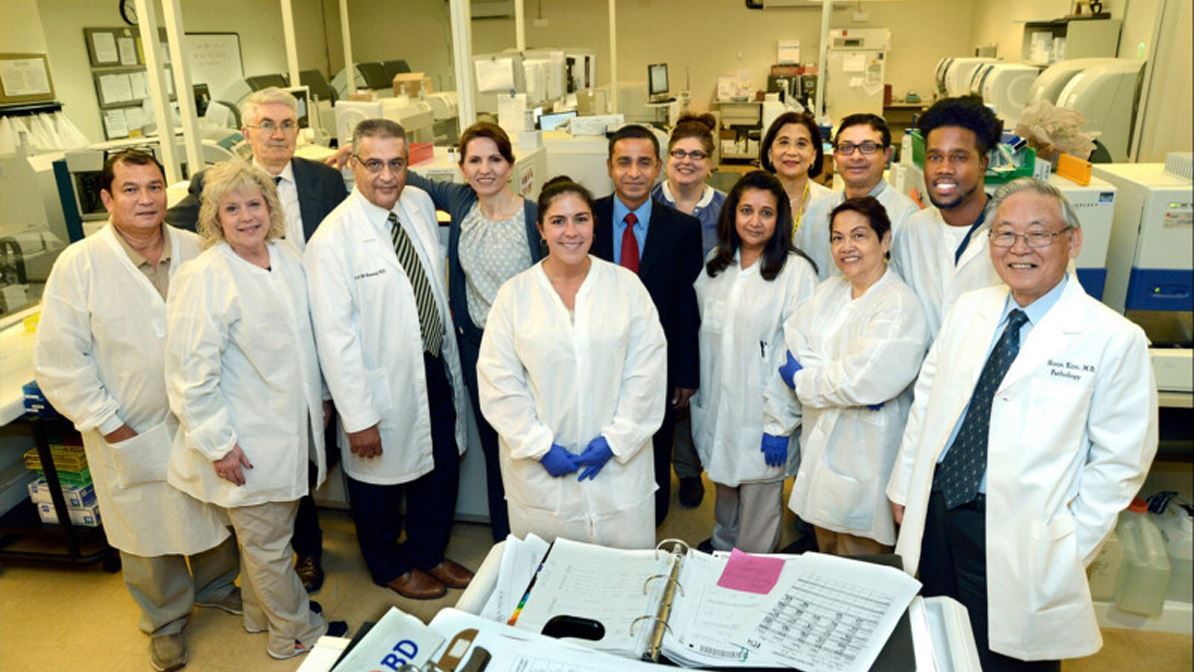A new study published by Health Affairs Scholar uncovers an undercount in the workforce of pathologists as a result of omitting subspecialized training over several years. In this paper, “Re-evaluation of the Methodology for Estimating the U.S. Specialty Physician Workforce,” the authors from the College of American Pathologists (CAP) and the Association of American Medical Colleges (AAMC) suggest revisiting methodologies and definitions responsible for tracking the physician workforce as similar undercounts may exist in other physician specialties.
The Physicians Specialty Data Reports of the AAMC are a key source of standardized, consistently published estimates of physician supply in the United States. The AAMC’s specialty-specific physician workforce estimates serve the workforce research community, physician specialty societies, and policymakers seeking detailed data on how many and what types of physicians are in practice, and thus how many more may be needed to meet the nation’s medical care needs. By 2020, the AAMC’s report for pathologists was undercounted by 39%.
“We identified the origins of this undercount through a manual review. Most of the difference was due to omission of pathology subspecialty designations,” said W. Stephen Black-Schaffer, MD, FCAP, the lead author of the study. “Our findings demonstrate the need to update definitions and methodology underlying estimates of the US physician workforce for pathology and suggest a like need in other specialties affected by similar trends.”
“The CAP appreciates the collaboration with our colleagues from the AAMC to revisit this issue and outline solutions to better ensure an accurate count of pathologists in the workforce,” said Donald Karcher MD, FCAP President of the CAP and study coauthor. “The data produced from workforce counts influences decisions on multiple levels, including decisions to allocate resources by the federal government. Ultimately, it’s important that we get this right, so we ensure we are training enough pathologists to meet the demands of the US patient population.”
“This study reminds us how understanding the true numbers remains one of the central questions in physician workforce research,” noted Michael Dill, Director, Workforce Studies, AAMC. “It also demonstrates how the strong research partnership between CAP and the AAMC helped bring to light important trends in the pathologist workforce.”
As a result of the undercount, pathologist demographics were also incorrect. The study also sought to discover revised pathologist demographics:
Change in Pathologist Sex and Race Demographics
- The number of woman pathologists has risen substantially from 5,532 in 2004 to 8,864 in 2020.
- The percentage of pathologists who identify as Black or African American in 2004 was 1.8% of pathologists. In 2020, 2.9% of pathologists self-identified as Black or African American.
- The percentage of pathologists who identify as Hispanic increased from 3.6% in 2004 to 5.9% in 2020.
- The share of pathologists who identified as Asian increased from 9.1% in 2004 to 19.5% in 2020.
Change in Pathologists Age
Grouping the pathologist workforce into five age cohorts (<40 years, 40-49 years, 50-59 years, 60-69 years, 70 years or greater) disclosed that the total numbers in the three younger groups has remained roughly constant. In contrast, the cohorts age 60-69 and 70+ years have cumulatively grown relative to the other age cohorts. This proportionate decrease in young and middle-aged (<60 years of age) pathologists shows there is an insufficient number of these pathologists to replace the older pathologists as they age out of practice.
Maintaining up-to-date definitions is critical to accurately informing public policy decisions about the physician workforce, medical student career choices and training program resource allocations. Through this “case study” of pathology, insights gleaned from these improved methods of estimation may have broader applicability to the assessment of other physician specialties for the purposes of supply estimation.
About the College of American Pathologists
As the world’s largest organization of board-certified pathologists and leading provider of laboratory accreditation and proficiency testing programs, the College of American Pathologists (CAP) serves patients, pathologists, and the public by fostering and advocating excellence in the practice of pathology and laboratory medicine worldwide. For more information, visit the CAP Newsroom, CAP.org and yourpathologist.org to watch pathologists at work and see the stories of the patients who trust them with their care.

